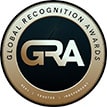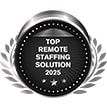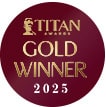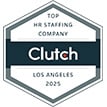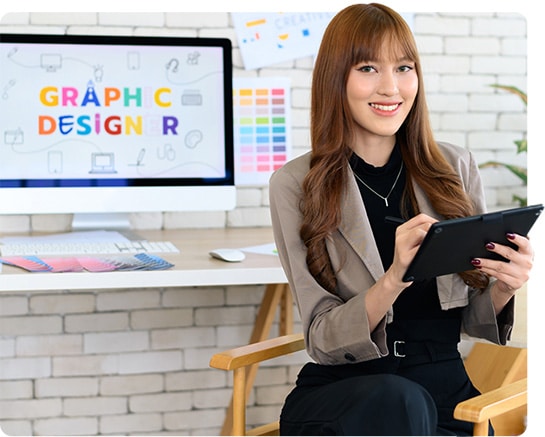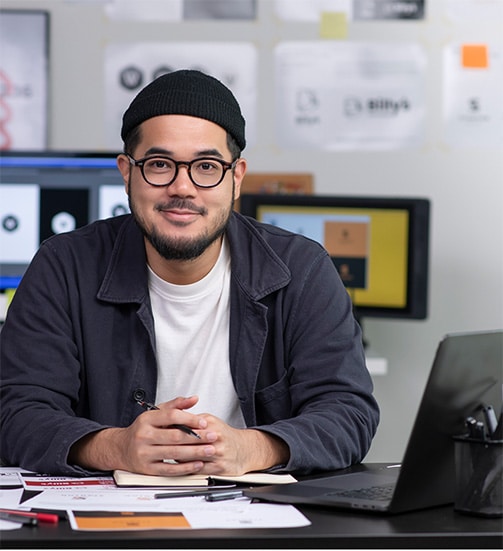Joesef is an experienced Graphic Designer with 15 years of professional creative experience, specializing in apparel design, merchandise graphics, brand layouts, and marketing collaterals. Skilled in both corporate and freelance settings, with a strong background designing for Australian apparel companies, sports leagues, and various international clients. Adept at transforming concepts into polished visual outputs while ensuring factory specifications and brand consistency are met. Offers advanced expertise in Adobe Creative Suite, freehand illustration, and 3D visual design. Reliable, fast-paced, detail-oriented, and capable of delivering high-quality designs in deadline-driven environments.
SkillsCore Graphic Design Skills
-
Apparel & Merchandise Design
-
T-shirt, Jersey & Sportswear Layout
-
Brand Marketing Materials
-
Print-Ready File Preparation
-
Magazine & Book Cover Layout
-
Website Static & Parallax Layout Design (Design only)
Tools & Software
-
Adobe Photoshop
-
Adobe Illustrator
-
Adobe InDesign
-
CorelDRAW (previous experience)
-
Procreate (Freehand Drawing & Cartoon Illustration)
-
3D Design Basics (for activations & marketing displays)
Other Professional Skills
-
Client Communication (AU, US, EU, Middle East)
-
Freelance Project Management
-
Production/Factory Specification Compliance
-
Creative Concepting & Visual Storytelling
-
Remote Work & Productivity Tools
Summary of Work ExperienceGraphic Designer – Various Apparel & Merchandising Clients (Australia & International)
Apparel & Merchandising | Freelance & Corporate | Almost 4 Years Total
Created apparel concepts such as jerseys, shirts, bandanas, and merchandise items for multiple Australia-based clients, including companies catering to the National Basketball League (NBL). Designed custom apparel based on client briefs, recreated artworks, prepared print-ready files, and ensured templates aligned with factory specifications. Delivered high-quality graphics for mugs, shirts, and customized merchandise through Upwork clients from the US, Australia, and Saudi Arabia.
Graphic Designer – Kinetic Innovative Staffing (Philippines) | Present Role
Supports a merchandising company serving apparel-related clients. Responsible for designing marketing materials, apparel concepts, and production-ready artwork for multiple brands. Uses Adobe Creative Suite and Procreate for both digital layouts and freehand illustrations.
Apparel Designer – Aquar BPO / First Ever (Australia)
Created sports apparel designs including jerseys, shirts, and promotional materials for the National Basketball League. Worked in a fast-paced environment requiring strict adherence to deadlines and specifications. Collaborated closely with production teams to ensure artwork accuracy for manufacturing.
Marketing/Publishing Designer – Microsourcing Philippines (Finland-based Client)
Designed magazines, book covers, event materials, and other marketing collaterals for a Finland-based marketing management company. Specialized in Adobe InDesign for complex layout work and delivered print-ready publications and event assets.
Senior Graphic Designer – Happy Head (Philippines)
Worked on 3D visual designs, clothing layouts (bandanas, apparel patterns), and marketing collateral. Created designs for events and brand activations, applying intermediate 3D concepts alongside traditional graphic workflows.
Graphic Designer – Wildfire Incorporated (Philippines)
Produced 3D artwork, brochures, event marketing materials, and digital layouts for various campaigns. Collaborated with internal teams on visual concepts for large-scale activations and brand events.
Graphic Designer – Alexander Designs (PLDT Affiliate)
2010–2012
First professional role involving layout creation for PLDT’s quick application forms, email blasts, and other marketing materials. Utilized Adobe Photoshop, Illustrator, InDesign, and CorelDRAW for print preparation and design formatting for partner printing companies.
He can start as early as 1st week of January 2026 and is amenable to a full-time arrangement.





































